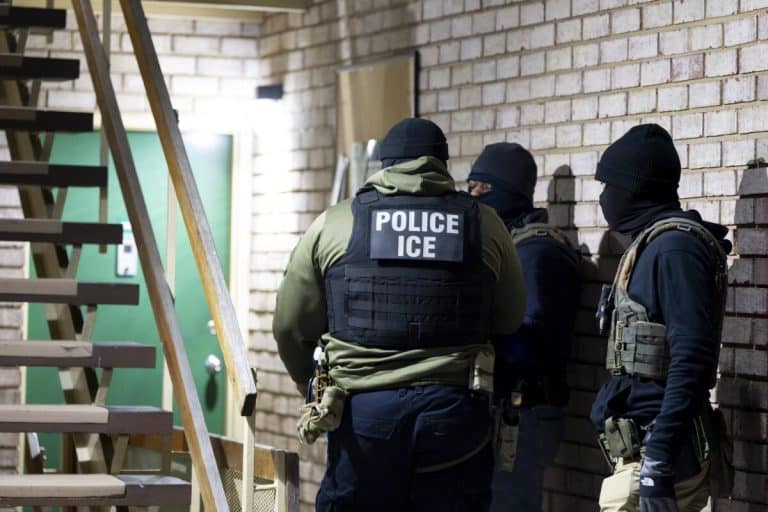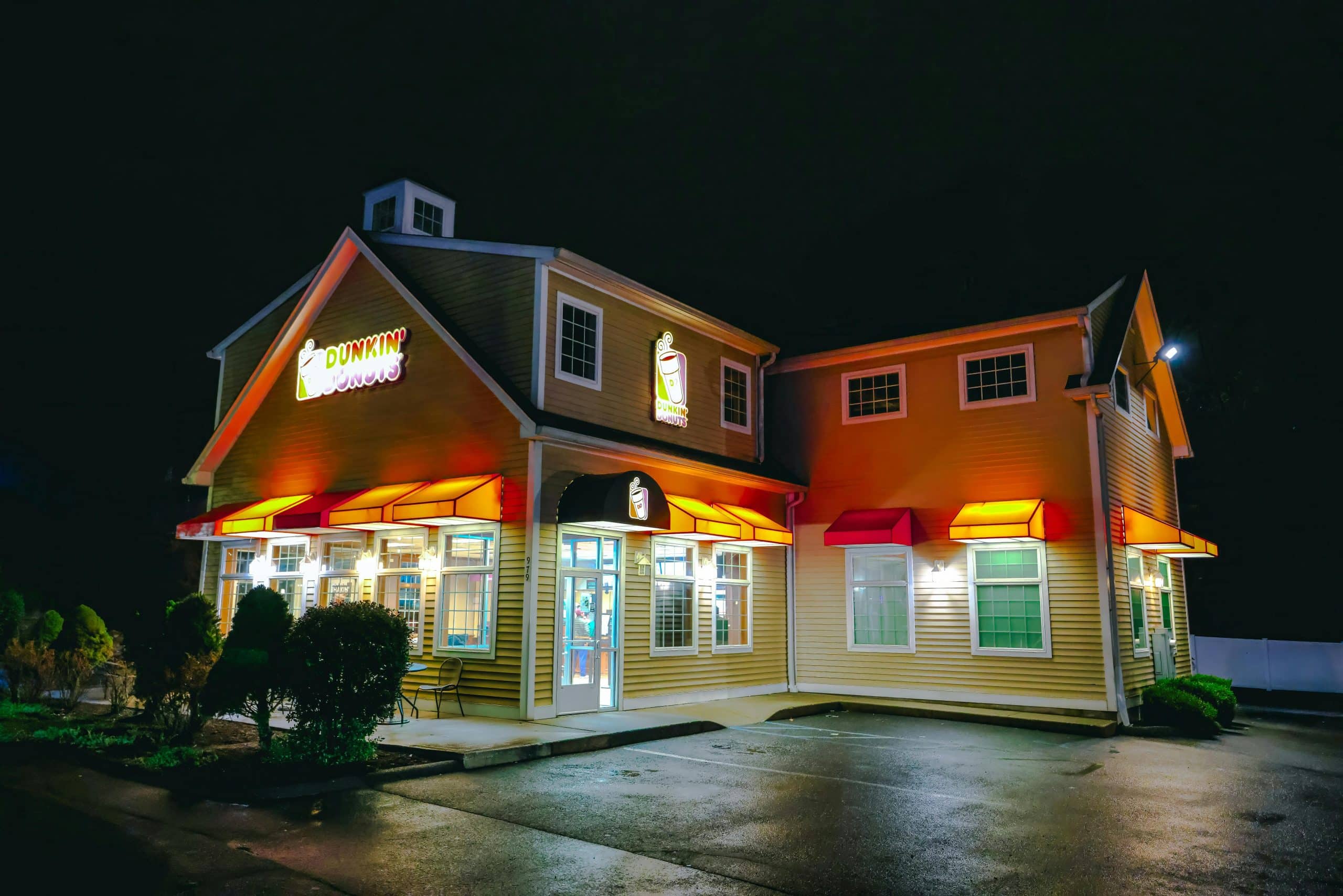Much has been made about the ICE detention centers as the current presidential administration looks to ramp up the deportation of immigrants who are not in the country under legal status. Civil rights activists have argued that the current treatment of detainees has been inhumane, while those in support of the administration’s policies say that there is nothing wrong with the process.
One of the policies that has caught public attention is that, when arrested, many detainees are being transferred across the country, thousands of miles away from their homes and loved ones. ICE officials say, however, that there is a reason for this decision.
ICE Deportation Policies Cause Legal Challenges
Civil rights advocates have been loud in their protests of the administration’s policies. President Trump’s administration has been trying to deport as many immigrants as possible, often holding them either at Guantanamo Bay detention center in Cuba or sending them to a prison in El Salvador in cooperation with the Salvadorian government.
Critics claim that the move is illegal and denies the individuals a right to due process. Thus, many deportations have been challenged in court, which has clogged up the detention centers, according to ICE officials. Currently, the administration is deporting migrants at a lower rate than the previous President.
The most recent controversy occurred earlier in the month when it was revealed that a Salvadorian father from Maryland, Kilmar Armando Abrego Garcia, had been wrongfully deported. Although never officially charged with a crime, the administration claimed that they had evidence of his involvement in trafficking with the MS-13 gang and deported him without a hearing. However, Garcia sued for wrongful deportation, as he was sent to prison in El Salvador despite his protected status for deportation to his home country. The Supreme Court, which leans conservative ideologically, blocked an order to return him to the country earlier this week.
Detainees Moved Across Country

Immigration attorneys are arguing that ICE moves the detainees far away from where they live as a punitive measure. They claim it is meant to isolate the migrants and separate them from their attorneys and loved ones. According to immigrant advocate Adriel D. Orozco, “We’ve always seen transfers within the immigration system. I hadn’t seen such a drastic transfer system, in the sense of sending folks from the Northeast down to the South. That seems to be more of a change under this Trump 2.0.”
Other attorneys are submitting court filings against the policies. The attorney for Khan Suri, one such migrant who was sent across the country, said to CNN that the moves are “‘to retaliate and punish noncitizens’ like him who support Palestinian rights or are critical of Israeli policy.”
He further explained, “DHS has issued a directive that all individuals who are subject to the policy be transferred to detention centers in the south of the United States to jurisdictions that Respondents perceive will be more favorable to them, and where they will be far away from their families and attorneys, and therefore unable to promptly challenge their detention.”
However, ICE officials strongly push back on this notion. The official website states that there is no punitive action for detentions and that it utilizes “limited detention resources to detain aliens to secure their presence for immigration proceedings or removal from the United States.” While immigration attorneys argue that some of the moves could also be for judge-shopping reasons, ICE states that this simply is not the case.
According to the agency, one reason for the moves is that most detention centers are located in the South, with over half the detainees located in Texas and Louisiana alone. Centers are overpopulated, and logistically, those on the east and west coasts are more likely to have to go to a center that is in the south, where there is more space. Legally, ICE is afforded the power to determine placement and historically has done so. Even if this is the reason, many civil rights advocates say the conditions are so deplorable that it is still a civil rights violation.
In the end, both sides have arguments. It may be true that ICE has to move migrants around the country purely for logistical reasons. In the end, lawyers could also be right that the effect of the moves is the separation of families, harsh conditions, and judges who may be more sympathetic to the department than the migrants. As long as the policies and conditions exist, however, expect many more immigration lawyers and civil rights leaders to bring lawsuits in the representation of their clients. Until policies are changed, the situation will remain an ongoing concern and topic across the country.








